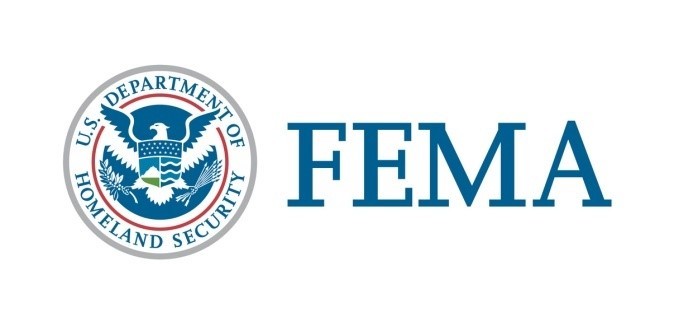|
FEMA ADVISORY
FEMA Extends and Modifies Allocation Order on Exports of Scarce PPE
FEMA published a Temporary Final Rule (TFR) in the Federal Register on Aug. 10, that allocated certain health and medical resources for domestic use to ensure needs are met for frontline healthcare workers and the American public during the COVID-19 pandemic. This TFR is an extension and modification of a TFR published on April 10, which outlined the implementation of the President’s Memorandum, “Allocating Certain Scarce or Threatened Health and Medical Resources to Domestic Use.”
This extension allows this rule to remain in effect, with certain modifications, through December 31. Modifications were made to the types of exports of Personal Protective Equipment (PPE) that FEMA will review and may hold for domestic use to reflect changing circumstances. For example, shipments of certain classes of surgical gowns are now covered under the TFR, and may not leave the United States without explicit approval by FEMA.
The FEMA Export Cargo Review Working Group – which includes representatives from Department of Homeland Security’s Customs and Border Protection (CBP), the Department of State, the Department of Commerce, and the Food and Drug Administration – will continue to evaluate the PPE items included in the TFR every two weeks to consider updated information about the supply and demand of covered PPE. As needed, the Export Cargo Review Working Group will submit requests to the Unified Coordination Group and White House Task Force to make modifications to the TFR.
The PPE subject to this allocation order includes:
- Surgical N-95 respirators.
- Surgical masks.
- Nitrile surgical and exam gloves.
- Level 3 and 4 Surgical Gowns and Surgical Isolation Gowns.
Please review the TFR for detailed descriptions of covered PPE, or review the FEMA Fact Sheet.
In most situations, planned international exports must be declared in advance by exporters, with details about the shipment submitted into CBP’s Automated Export System (AES). CBP will review information submitted into AES to determine if products bound for export are covered under the TFR or if an exemption applies. If the shipment is covered under the TFR and an exemption does not apply, CBP will notify FEMA for a determination on the shipment. If FEMA determines that it is in the national defense interest for a shipment to remain in the United States to support the COVID-19 pandemic response, FEMA may either purchase part or all of the shipment using a rated order under Title 1 of the Defense Production Act or return part or all of the shipment for domestic distribution. If it is not in the national defense interest to retain a shipment, FEMA may allow part, or all of the shipment, to be exported.
Specific exemptions to the rule apply. For example, exemptions include intracompany transfers by U.S. companies and declared diplomatic shipments from foreign embassies and consulates to their home countries. In most circumstances, shipments that fall within an exemption will be allowed to proceed to export.
Exporters who believe a shipment falls under an exemption should review the information below to determine whether to submit a Letter of Attestation to FEMA, describing the shipment and applicability of the exemption. For more information on exemptions, see the Notification of Exemptions which was published in April to supplement the April 10th TFR, and applies to the August 10th TFR as well.
If a shipment is detained for review under the TFR, FEMA and CBP will work to provide a response to the owner of the shipment within 72 hours.
Letters of Attestation
Several exemptions require the exporter to file a Letter of Attestation with FEMA. Letters of Attestation are used to determine whether a shipment falls into an exemption and provide critical context about the shipment. These letters must be submitted through the Automated Export System to CBP in conjunction with other export paperwork.
The FEMA Fact Sheet includes additional details about submitting a Letter of Attestation.
Contact Us
If you have any questions regarding this FEMA Advisory, please contact FEMA Office of External Affairs, Congressional and Intergovernmental Affairs Division:
Follow Us
Follow FEMA on social media at: FEMA Blog on fema.gov, @FEMA or @FEMAEspanol on Twitter, FEMA or FEMA Espanol on Facebook, @FEMA on Instagram, and via FEMA YouTube channel.
Also, follow Administrator Pete Gaynor on Twitter @FEMA_Pete.
FEMA Mission
To help people before, during, and after disasters.


|